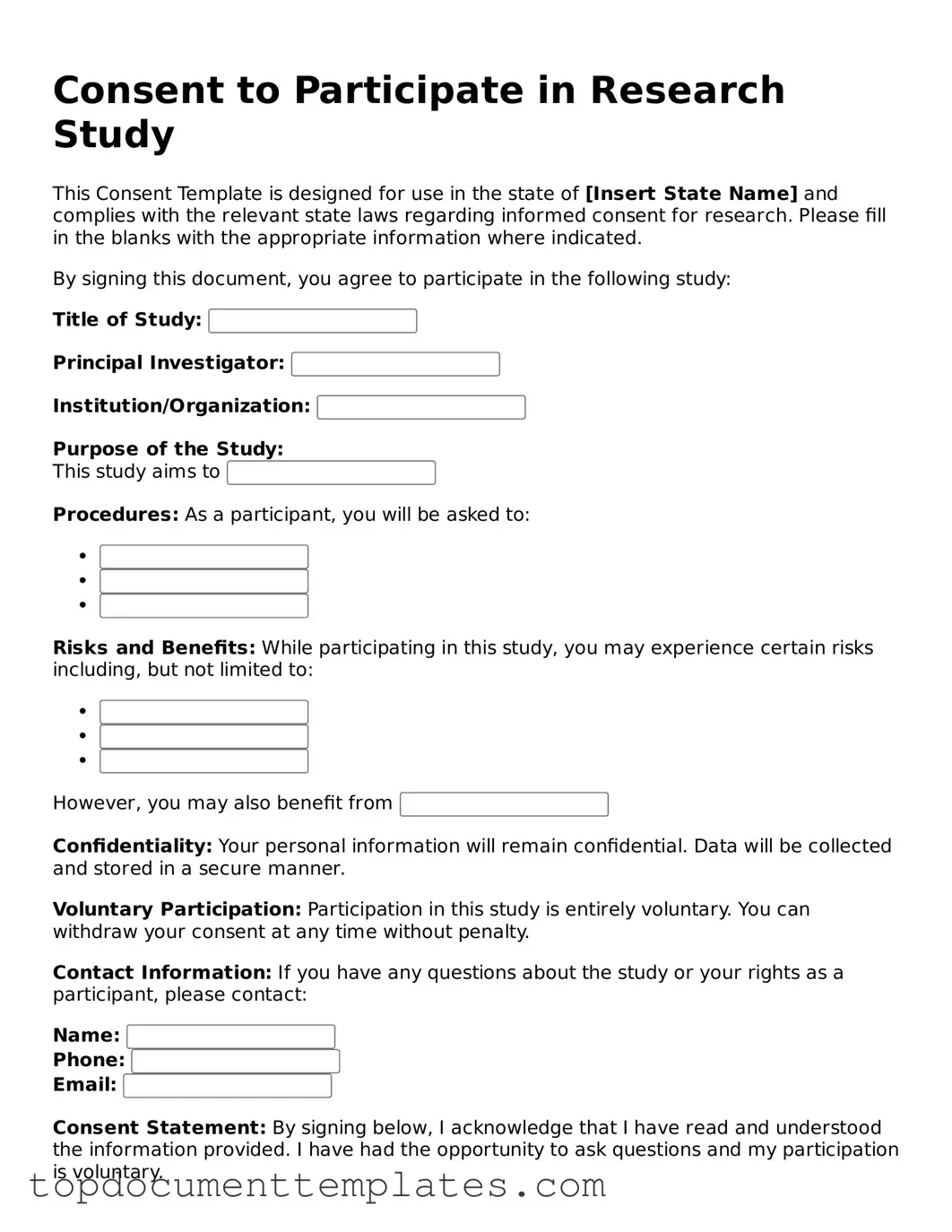Official Consent Template
A consent form is a document that individuals sign to give permission for something to happen, often related to medical treatment, participation in research, or sharing personal information. It serves to ensure that individuals are fully informed about what they are agreeing to and that their rights are protected. If you need to fill out a consent form, click the button below to get started.
Open This Form
